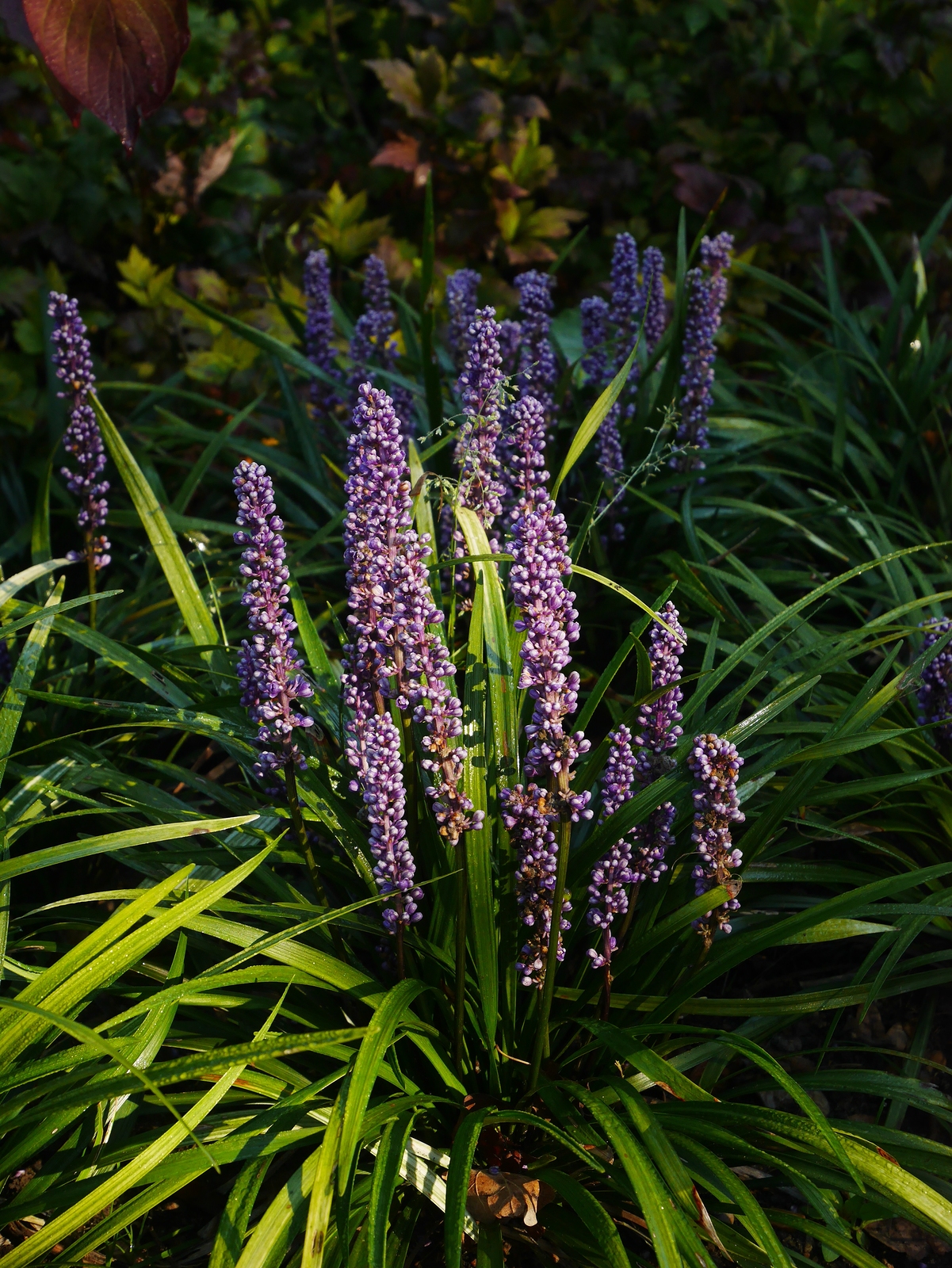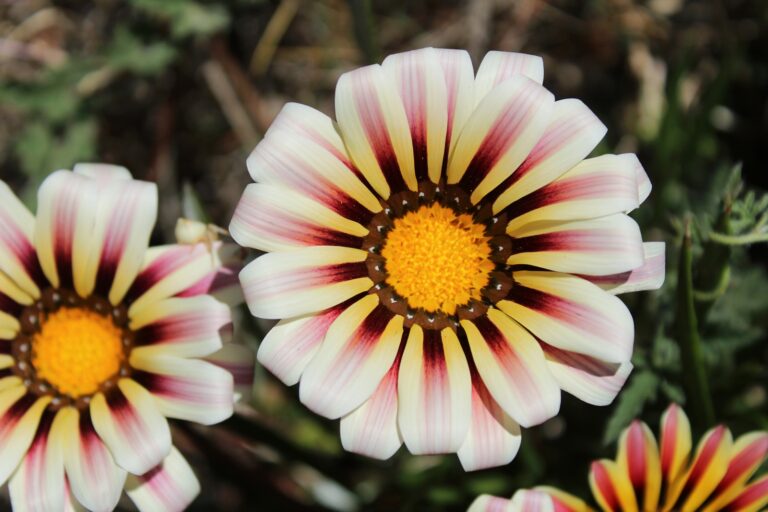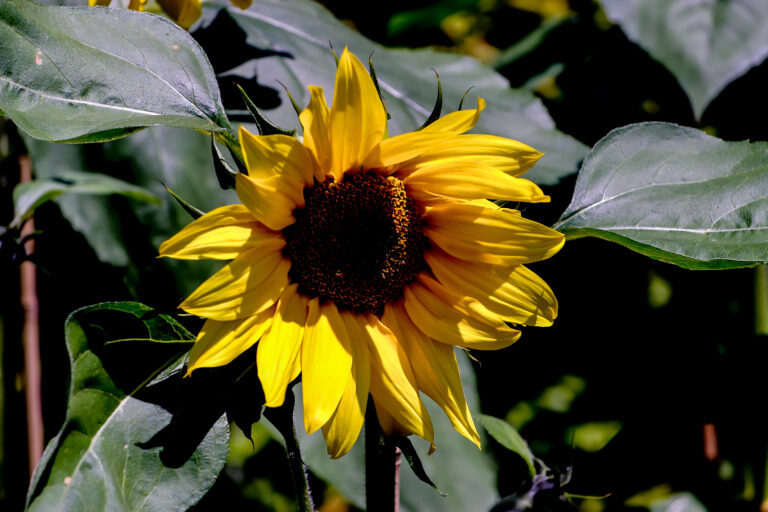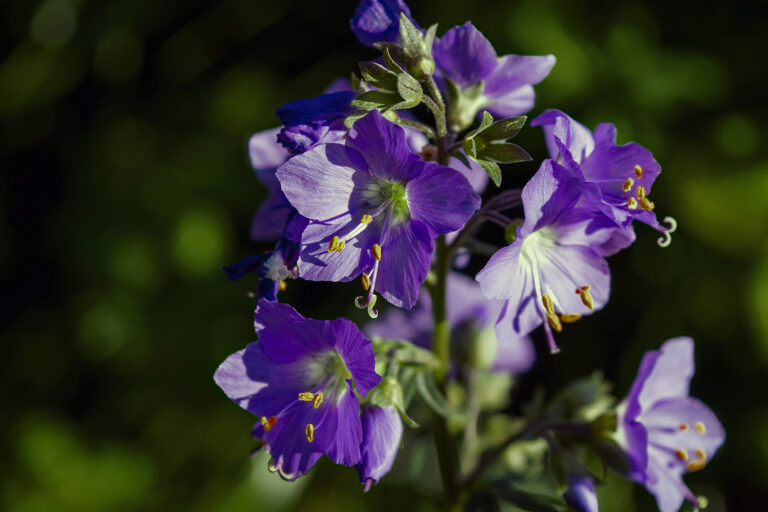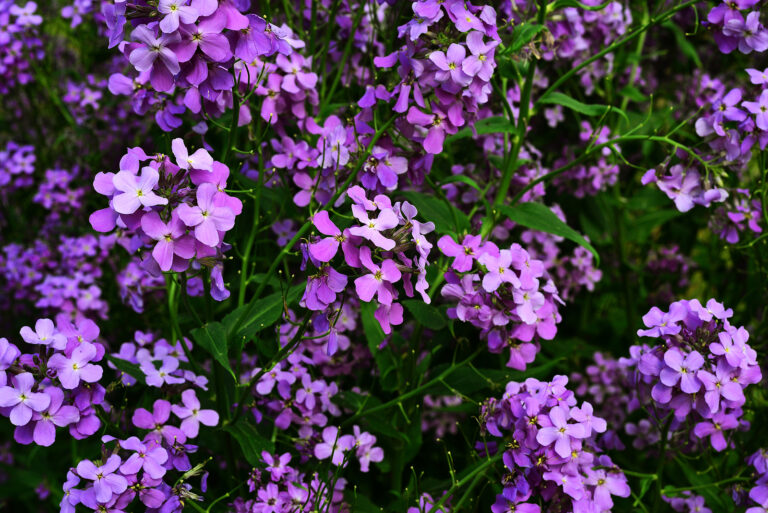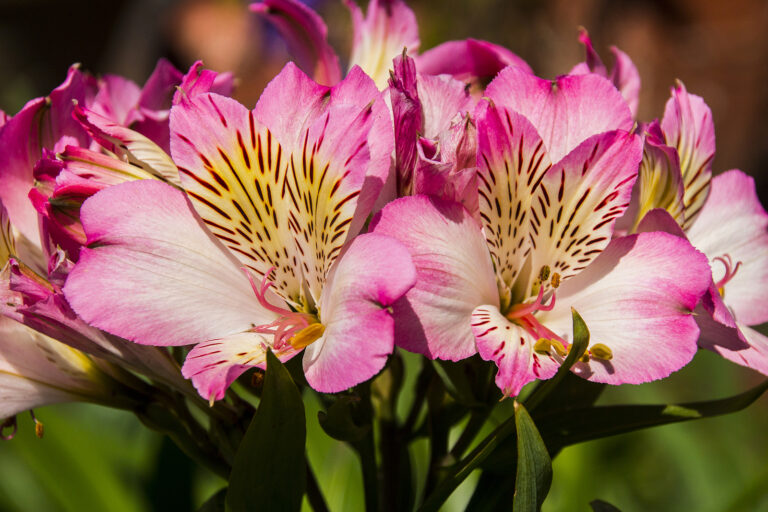How to Grow Lilyturf — Liriope
Liriope–commonly called lilyturf or blue lilyturf–bears lavender or purple-blue, thickly clustered flower spikes in fall, followed by black berries. Liriope is a spreading evergreen perennial that forms dense clumps of grass-like glossy dark green leaves. Liriopecan be invasive in some areas.
Liriope is a genus of stemless, smooth, evergreen perennials; they are members of the Lily Family. Liriope has broad, grasslike foliage and small purplish to whitish flowers in spikes. They flower in late summer and fall.
Liriope is easy to grow in containers; they are best set in a cool location. Liriope can be used as a groundcover over large areas as they are indifferent to share or sun.
Liriope is readily propagated by root division.

Get to know Liriope
- Plant type: Evergreen perennial groundcover
- Growing Zones and range: 7-10
- Hardiness: Hardy to -10°F (-23°C)
- Height and width: 12 to 18 inches (30-45cm) tall and wide
- Foliage: Arching, linear, grass-like leaves that form dense clumps
- Flowers: Small, spherical, and are clustered on small dense spikes
- Flower colors: Violetm lavender, white
- Bloom time: Late summer
- Uses: Edging plant for walkways, entries, patios, parking areas, rock gardens
- Common name: Blue Lilyturf
- Botanical name: Liriope muscari
- Family: Liliaceae
- Origin: Woodlands in China, Vietnam, Taiwan, Japan
Where to plant Liriope
- Grow Liriope in partial shade; tolerant of full sun and dense shade.
- Plant Liriope in humus-rich to average well-drained soil.
Liriope uses and companions
- Use Liriope as a small-scale ground cover or edging.
- Plant Liriope in a shade garden, combines well with ferns and hostas.
- Good garden companions for Liriope include Acanthus mollis, Anemone hybrida, Hosta, Polygonatum, Tricyrtis.
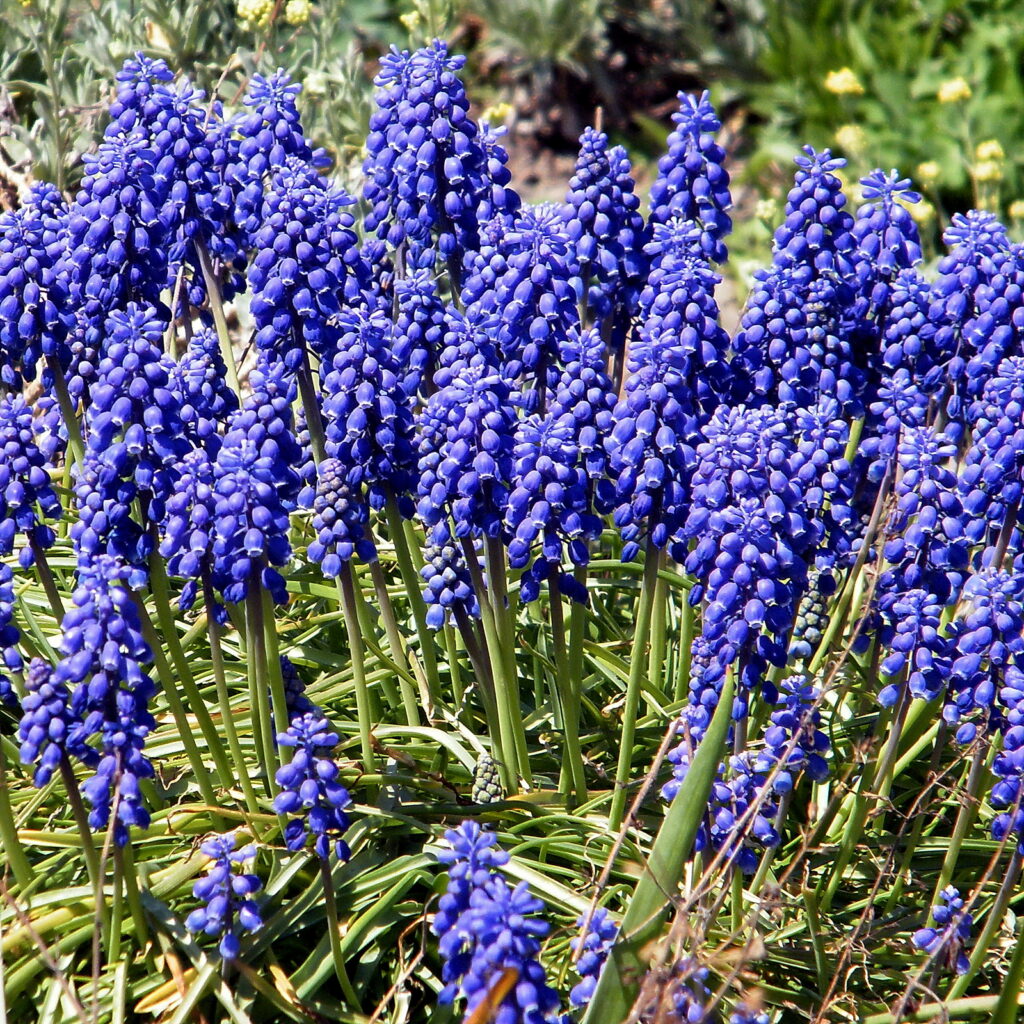
When to plant Liriope
- Set container-grown Liriope in the garden in spring.
- Sow seed in spring.
Planting and spacing Liriope
- Space lilyturf 12 to 18 inches (30-45cm) apart.
- Sow seed 1/8 inch deep in evenly prepared soil or indoors in sterile potting mix.
How to water and feed Liriope
- Liriope needs moderate water; keep the soil evenly moist.
- Add slow-release fertilizer at planting time and again each spring.
- Mulch around Liriope to conserve soil moisture.
- Mow or cut down plants in late winter to remove tattered leaves and prompt new growth.
- Liriope is susceptible to slugs and snails.

Liriope care
- Divide clumps in spring or fall to start new plants.
Liriope pests and diseases
- Anthracnose, leaf spot, and root rot can plague Liriope.
- Slugs may attack Liriope.
Lirope propagation
- Liriope seeds germinate in about 30 days at 65°F to 70°F (18°-21°C).
- Sow seed in containers outdoors or divide plants in spring. Root clumps are easily divided.
Liriope varieties to grow
- Liriope exiliflora: clump-forming perennial with linear leaves striped white and gold; racemes of pale violet-purple flowers in late summer.
- L. muscari, big blue lilyturf: tufted perennial with dense clumps of strap-shaped leaves bears dense spikes of bright violet-mauve flowers. Cultivars include ‘Majestic’ grows 8 to 18 inches tall with dark blue flowers, and ‘Variegata’ has green leaves with white margins.
- L. spicata: semi-evergreen perennial forms dense mat of green leaves; racemes of pale violet or white flowers.

